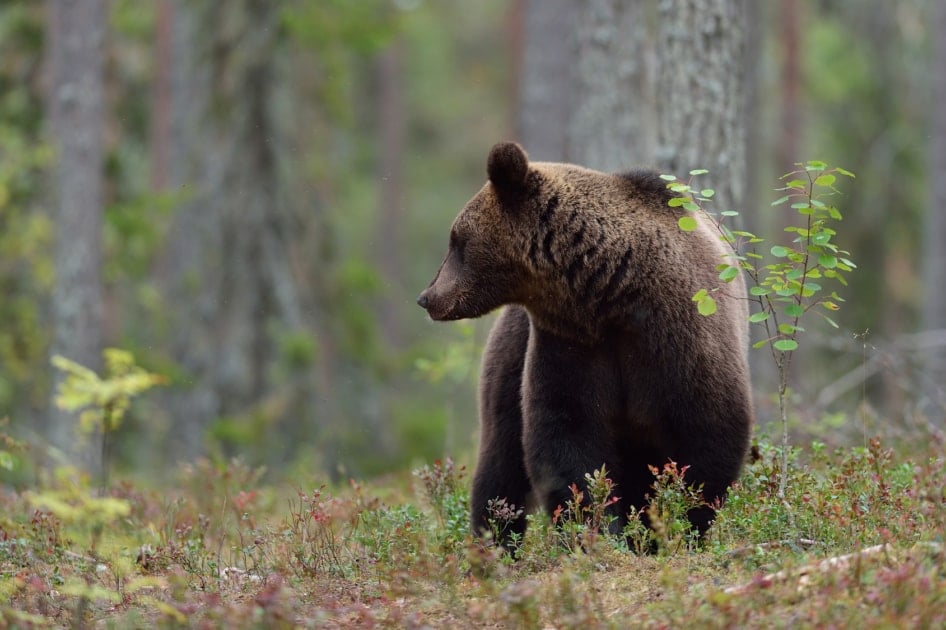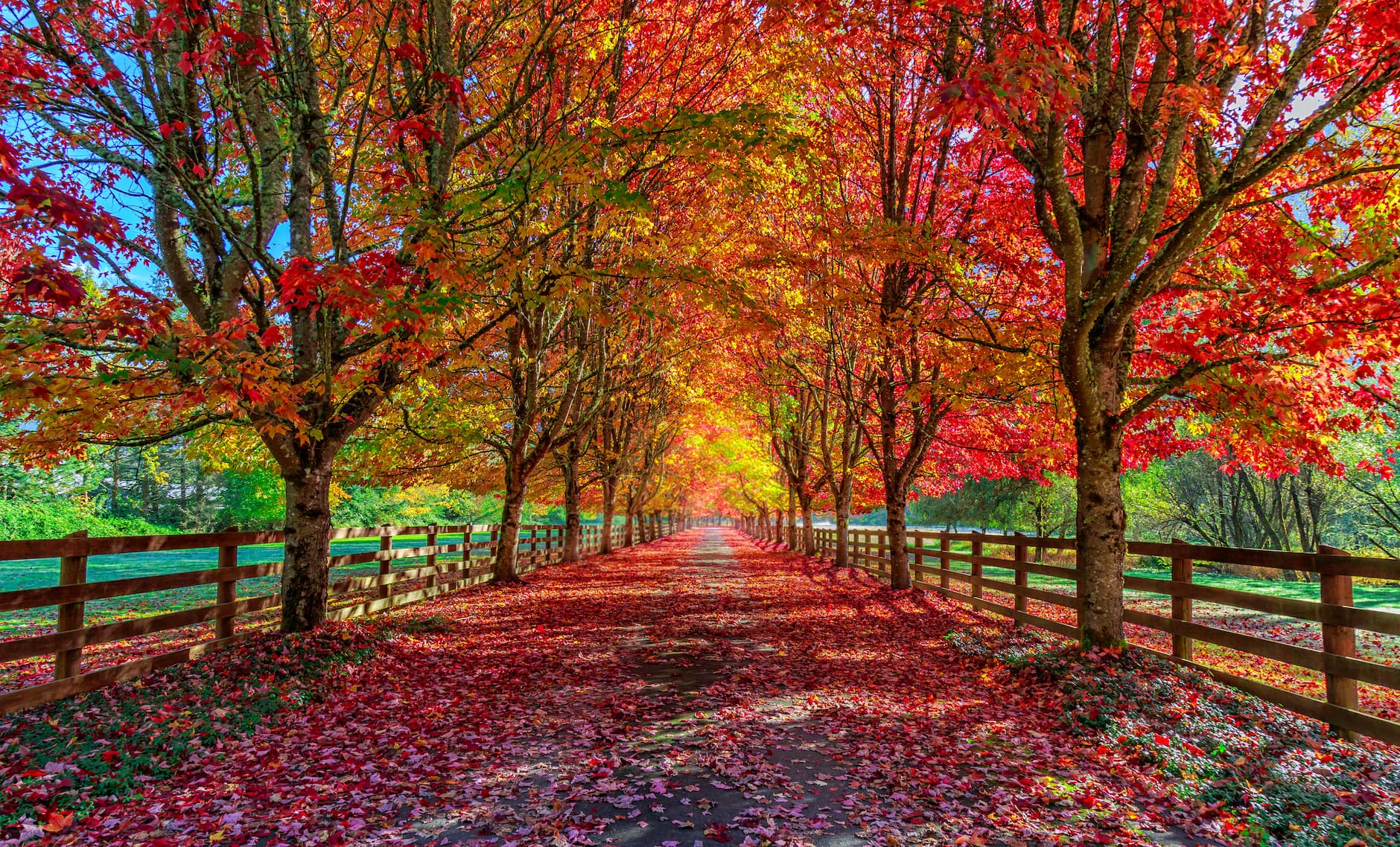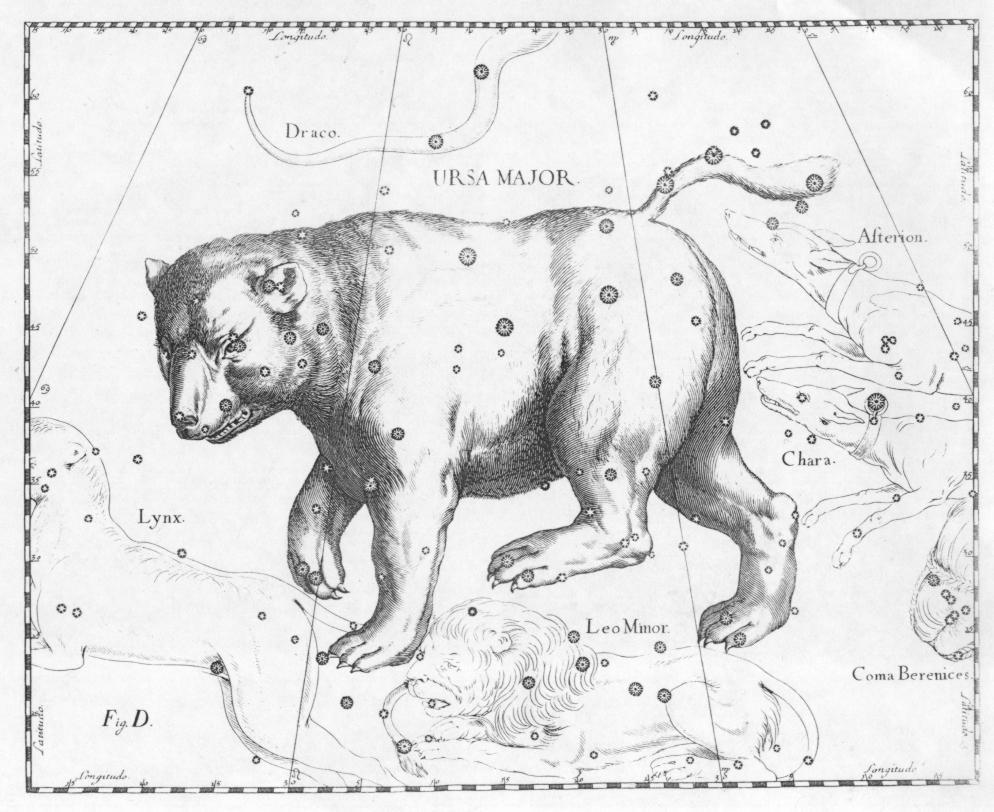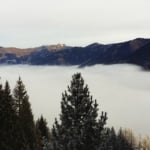The Legend of Why Leaves Turn Red: Weather Folklore
Learn what the Algonquin tribes believed was the cause behind the changing colors of fall.

Long before modern science began to understand the processes that create our weather, people made up their own explanations. Many of these accounts were fantastic in nature, with evil or benevolent gods, monsters, and spirits controlling the elements. In this series, we’ll explore some of these ancient myths and share the science behind them.
The Great Bear
Among the Algonquin tribes who once inhabited much of North America, from New England all the way to Wyoming, there was a legend that explained why the leaves changed color in the fall. The story goes that there was once a great bear who roamed around terrorizing people. He ate the food they’d gathered, destroyed the homes they built, chased away their game, and even mauled women and children.
The bear was far too powerful for any one person to kill, so the bravest and strongest warriors from several tribes banded together to hunt it. When the bear saw the hunters coming for him, he did what any sensible bear would do — he took off running. The warriors chased the bear for many months, over all the earth, over mountains and across seas, all the while firing their arrows at him. Though they could never catch him, they did get close enough, once, for their arrows to reach him. One arrow pieced the bear’s side, not deeply enough to kill, but enough to draw blood. In his pain and rage, the bear reared up and took to the sky, running from his pursuers through the heavens. To this day, says the legend, those warriors continue to chase the bear in circles around and under the earth.
In the fall, when he is rising above the horizon, the bear’s blood drips down onto the trees below, turning the leaves scarlet.
The Constellation Ursa Major – The Great Bear
The bear is said to be the pan of the Big Dipper, coincidentally part of the constellation Ursa Major, or the Great Bear. The handle of the Dipper, known as the bear’s tail to the ancient Greeks, is said to be that band of warriors, still diligently chasing the bear after so many years.
Of course, we know today that the red of fall leaves isn’t really the blood of a great bear, but red pigments, called anthocyanins, that are produced in the leaves in autumn.
Without knowing about the complex chemical processes going on inside each intricate leaf, however, the early Americans were left to come up with their own explanation of how and why the leaves change colors every autumn.

Jaime McLeod
Jaime McLeod is a longtime journalist who has written for a wide variety of newspapers, magazines, and websites, including MTV.com. She enjoys the outdoors, growing and eating organic food, and is interested in all aspects of natural wellness.








My dad always bought the almanac,back in the 50ds
What a wonderful article – the tales and beliefs of our Indian nation is intrigue
Some say a drought year wil mean more color, and a wet year will mean less. We live in Michigan, which has had one of the wettest summers ever, and the reds,olds,and oranges are starting 2-3 weeks early!.
Very informative and cleared up a lot of misinformation about leaf color change.
Will never look at the big dipper the same way again without the seeing the bear and his pursuers. Love the science and folklore.
I found this article informative and educational. Thanks! Famer’s Almanac is the best!
I found this article very interesting. Thank you!
hey just read the bear story and enjoyed it thanks.
I also like the bear story Thanks
I like the bear story better.
Gret article, I learned some things about Fall, the leaves changing color that I did not know! Thanks to all!